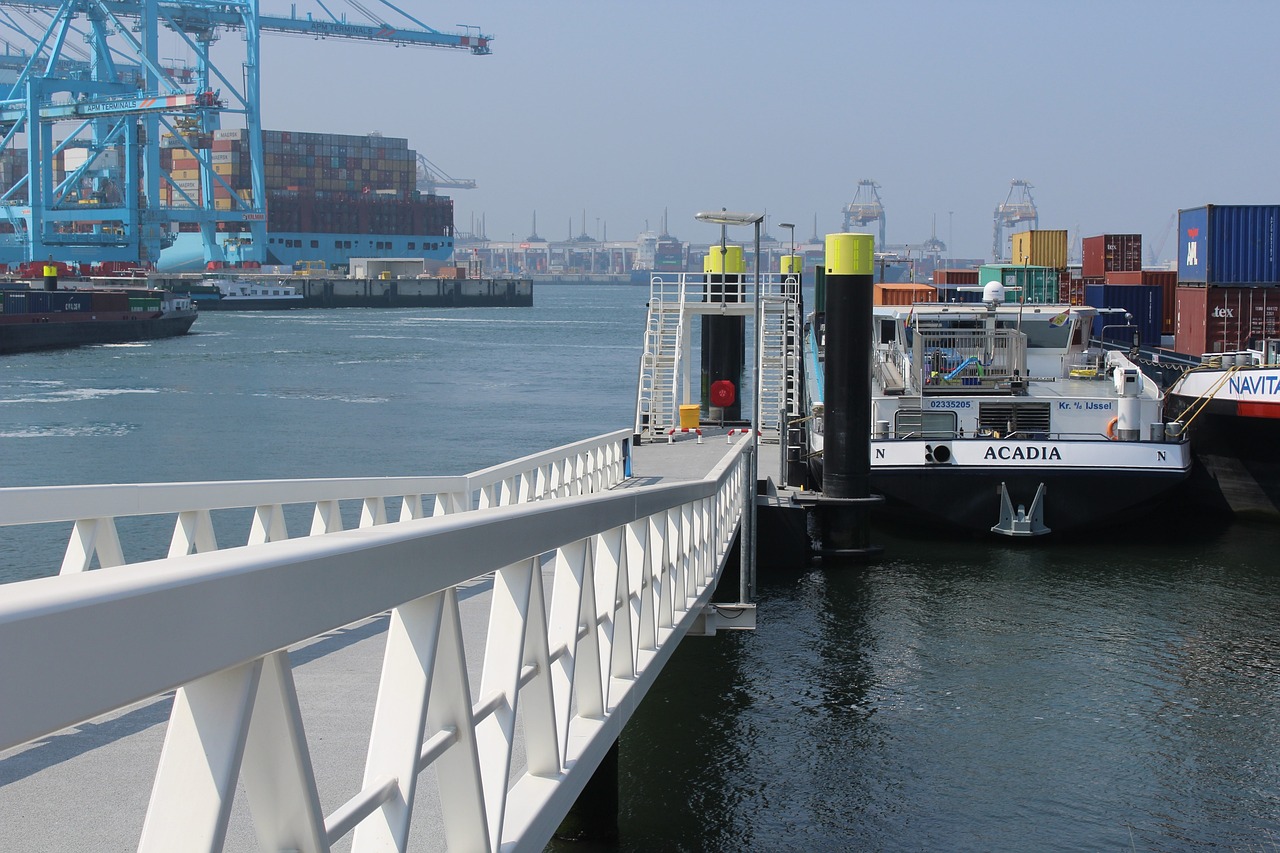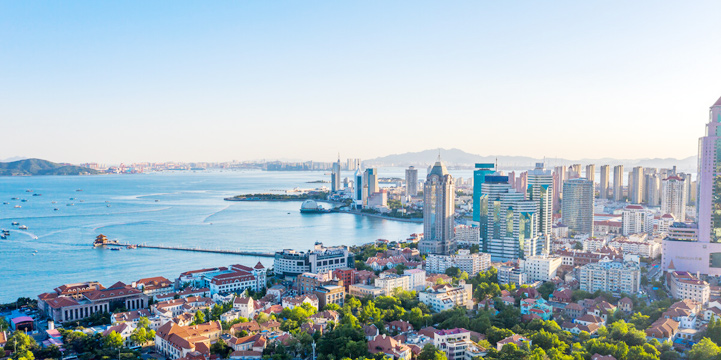
Recently, there have been reports that on the Europe to Asia route, freight forwarders' quotes have dropped to $1, even with a 20% decrease in volume.
An anonymous freight forwarder revealed that the rate for a 40-foot container is as low as $7, with competitors' quotes dropping to $1.
In the face of weak demand, freight forwarders are quoting extremely low prices. One freight forwarder stated, "We are now almost solely dependent on the westbound route to make a living, and the eastbound route is even less reliable because the cargo holds simply cannot be filled. Some places even offer slots for $1, although various surcharges are added, but the final payment is less than $50."
According to the latest World Container Index (WCl) released by Drewry on March 21, the volume on the Europe to East Asia route has sharply declined. Analysts point out that the eastbound route has severe empty slots, and in order to minimize losses, goods are being carried at very low prices.
This situation brings mixed feelings for freight forwarders and carriers. While westbound slot prices remain at normal levels, carriers can rely on this part of the business to sustain operations. However, the severe vacancy of eastbound slots forces carriers to carry goods at very low prices to minimize losses, resulting in the phenomenon of "$1" shipping fees. This reflects the severe imbalance between supply and demand in the current shipping market.
Zhongjin believes that if the "$1" phenomenon continues, it will have a profound impact on the entire shipping industry chain. Analysts state, "This will further squeeze the profit margins of freight forwarders and carriers, and companies may sacrifice service quality to reduce costs, thereby affecting the overall level of service in the industry."
Furthermore, with the recent re-escalation of the Middle East Red Sea crisis, along with the global supply chain already impacted by the pandemic and geopolitical influences, some companies may reconsider their business layouts. Besides the risks in the Red Sea passage, attention must be paid to factors like US-China tariff policies, Russia-Ukraine conflicts, etc., as some companies might reconsider logistics routes, potentially increasing detour costs or disrupting regional trade flows.
Forecast data from Alphaliner indicates a 5.7% increase in capacity supply in 2025, with demand growing by approximately 2.5%. Supply-demand pressures still exist, but the growth rate has slowed compared to 2024. Despite some shipping companies planning to raise freight rates in April, actual transaction prices have continued at the end of March levels without rising.
